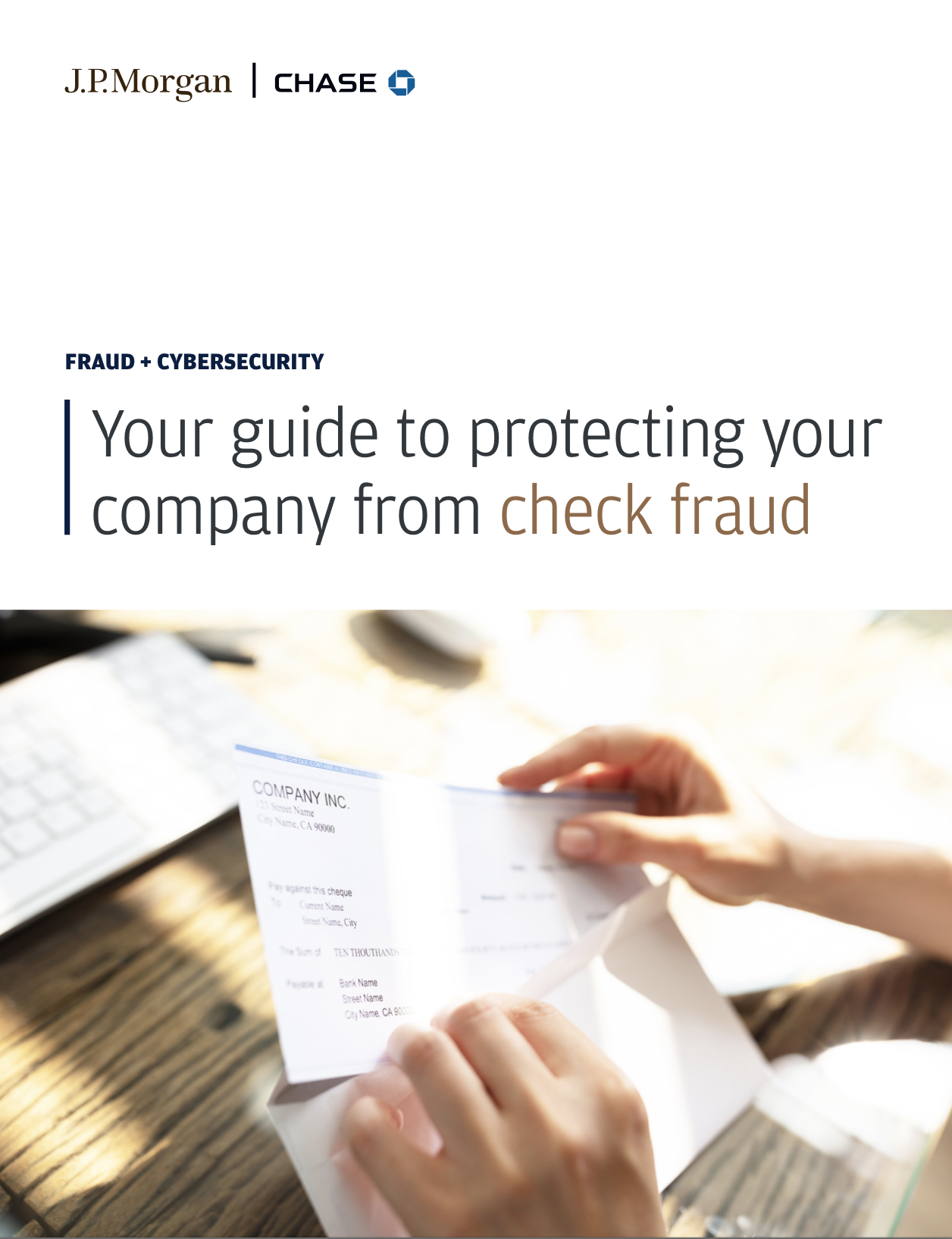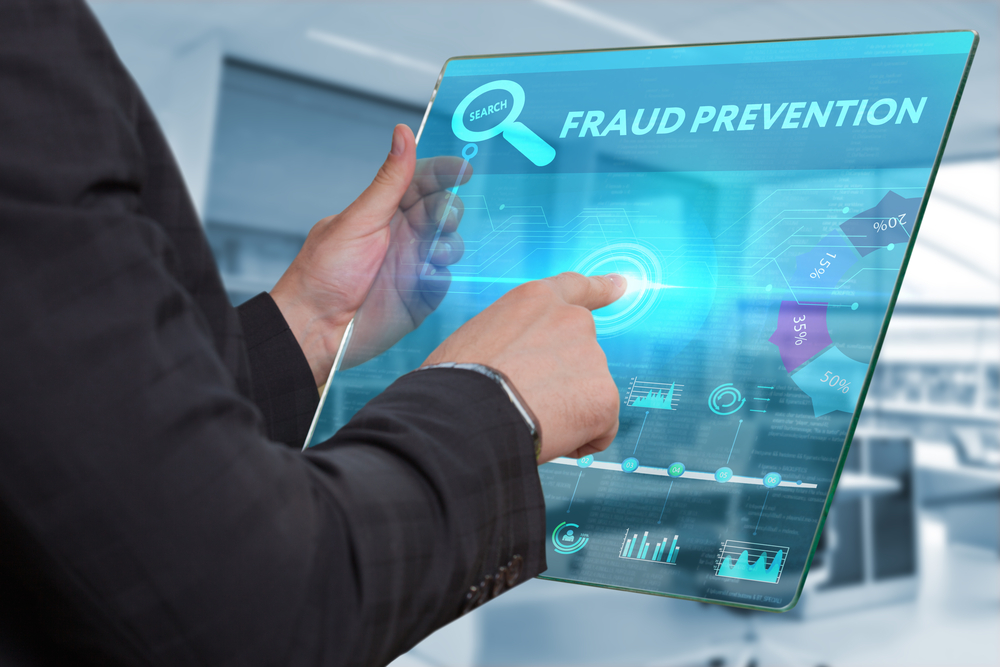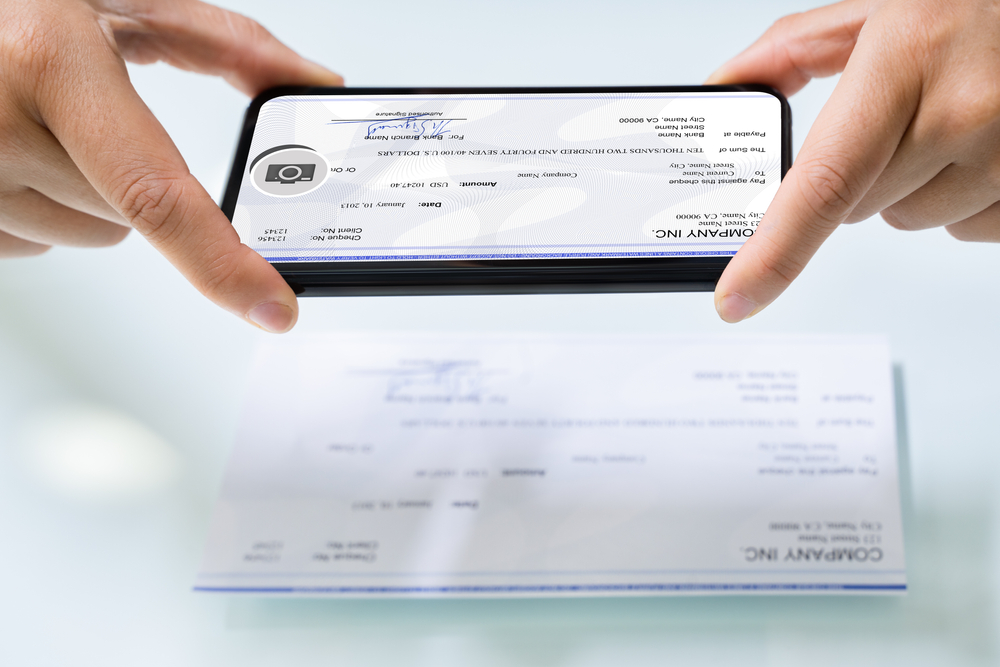JPMC: Providing Guidance for Protecting Business Against Check Fraud
- Check fraud needs to be addressed at banks and businesses alike
- JPMorgan Chase identifies three vital fraud concepts to understand
- Tools to prevent fraud losses are readily available and constantly improving
Check fraud continues to be a major focus for the banking industry. As noted in JPMorgan Chase's new guide entitled FRAUD + CYBERSECURITY: Your guide to protecting your company from check fraud:
The handy downloadable guide provides businesses with details and information to protect themselves from check fraud, emphasizing three things that are vital to understand while addressing fraud:
- There are strict reporting windows related to check fraud. If fraud is reported to the bank outside of the reporting windows, claims are subject to denial.
- Recovery of funds lost to fraud cannot be guaranteed. It's important to remember that during the investigation, you as the client (and the intended payee) will be at a loss for the amount for the duration of the investigation, regardless of the outcome. Recovery time frames vary: 90 – 120 business days is typical, but this process can take much longer.
- Simply adding a fraud protection product to an account does not mean you are protected. The product must be used in the way it was designed for maximum effectiveness.

Source: JPMorgan & Chase
Detailing the Different Types of Check Fraud
The guide also goes into useful detail about what differentiates an altered, counterfeit, and forged check:
Altered checks are simply checks that have had the name or payment amount changed by a fraudster.
Counterfeit checks can result from a bad actor obtaining checking account and routing numbers—as well as the name and signature style of the authorized signer—then, they use printers and common desktop publishing software to create the counterfeit checks.

Forged endorsement -- along with missing or improper endorsement -- create a real problem for businesses that do not implement payment thresholds above which electronic payments are required.
mRDC: The Deposit Channel Most Abused
The guide also dives into the latest check fraud trend: Mobile Deposit Fraud. Mobile deposits have grown 25% due to the pandemic. This has led to the deposit channel being abused, particular through simple means:
“They white-out the payee, and change that,” (Governors State University Professor Bill) Kresse said. “They white-out the amount and put some large amount, but they don’t white-out the account numbers at the bottom of the check, so eventually those funds will be withdrawn from that person’s (or business) checking account.

“They may use artificial intelligence to take a part to determine the scam checks from real checks. Many apps, they’re not doing that now and so the bad guys are getting away with this fraud.”
These checks are commonly being stolen straight out of mailboxes or from mail carriers. Once the checks are obtained, the fraud can begin.
Additionally, banks are also seeing an increase in duplicate deposits, where the check is deposited via a banking app, then brought to a check cashing location for cashing. Fraudsters take advantage the "grace period" for checks and get away with double the money.
The simplicity of this fraud has enable the "casual fraudster" to enter into the fraud arena.
Business & Banks Need to be Ready
The guide provides 4 steps to consider to protect businesses from check fraud:
- Apply Post No Checks to noncheck-writing accounts
- Use PVE on all check writing accounts
- Apply ACH debit block to all accounts that should not receive ACH debits
- Apply ACH debit filtering to all accounts that accept ACH debits and ensure there is a reconciliation process to identify unauthorized transactions with ample time to report to bank within 24 hours of posting (for example, a phone account may be an ID through which fraud can occur)
For banks, the need to invest in technologies for fraud detection has never been more important. Many banks have realized that the utilization of transactional-analysis systems cannot mitigate check fraud alone, as this will only catch a portion of the check fraud that is perpetrated through mRDC. That is why banks are turning to complementing their current systems with image forensic AI technology that interrogates the captured image of checks.

Transactional systems are based on behavioral analysis, identifying anomalous behavior. Image-forensic AI analyzes the captured image of the checks, enabling banks to utilize different analyzers such as Check Stock Validation (CSV-AI), Automated Signature Verification (ASV-AI), and Alteration detection using check style comparison and amount discrepancy. This is the best protection to stop fraudsters before funds are accessed.